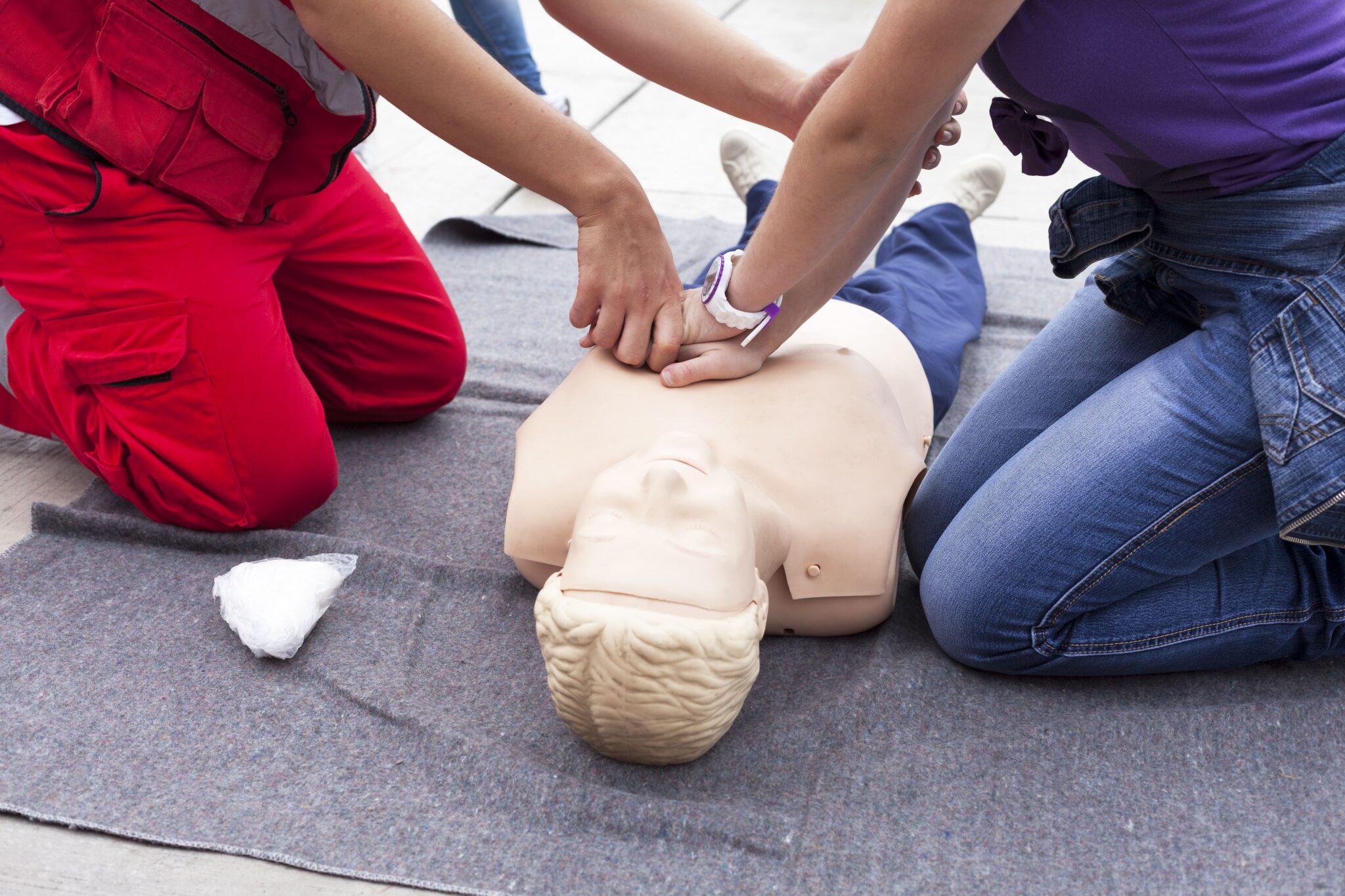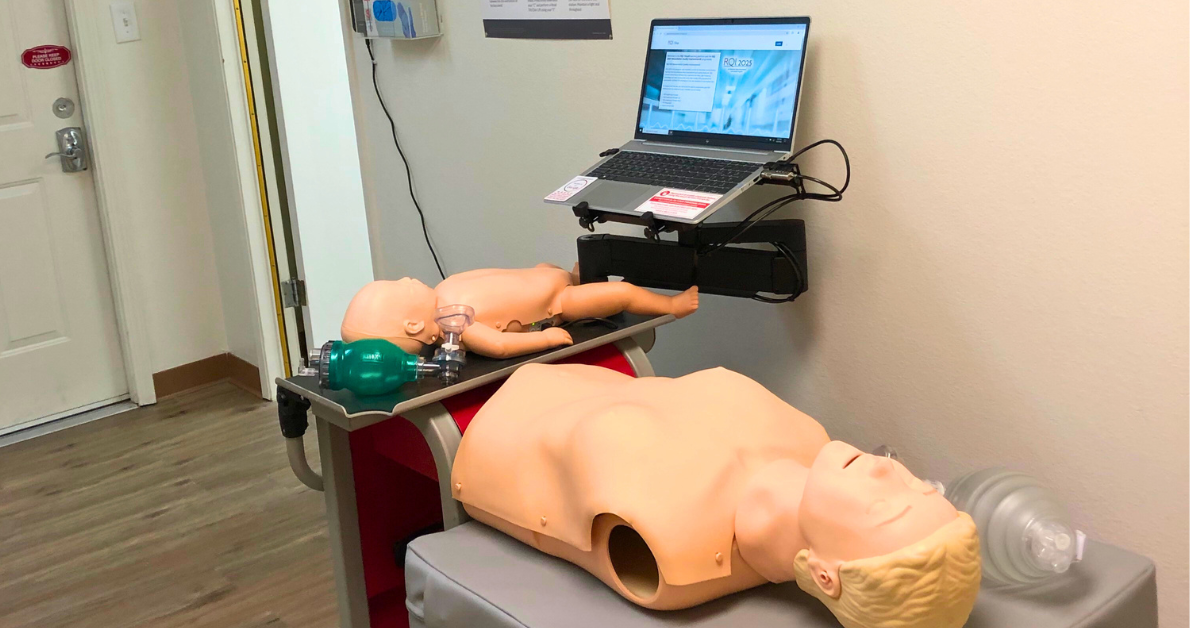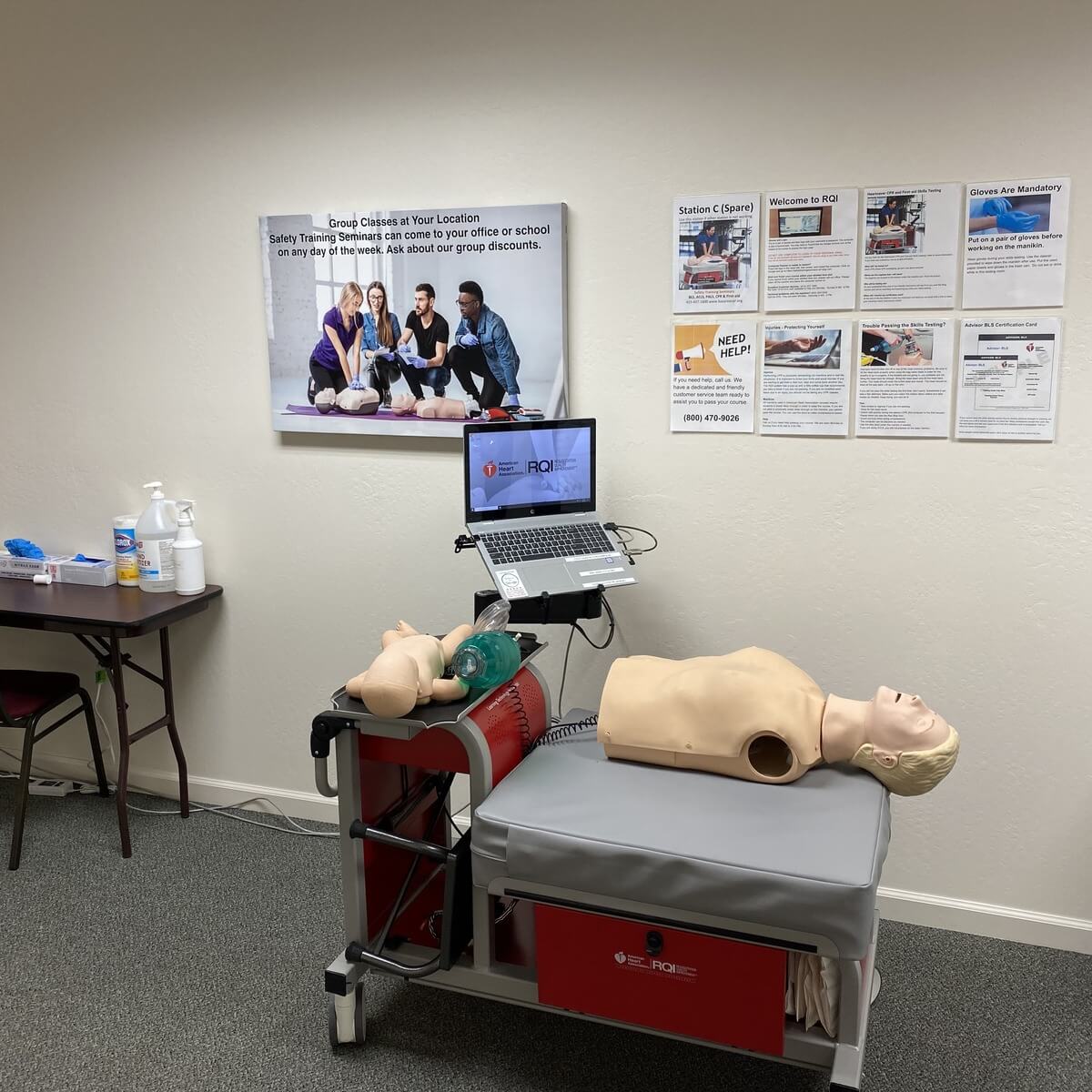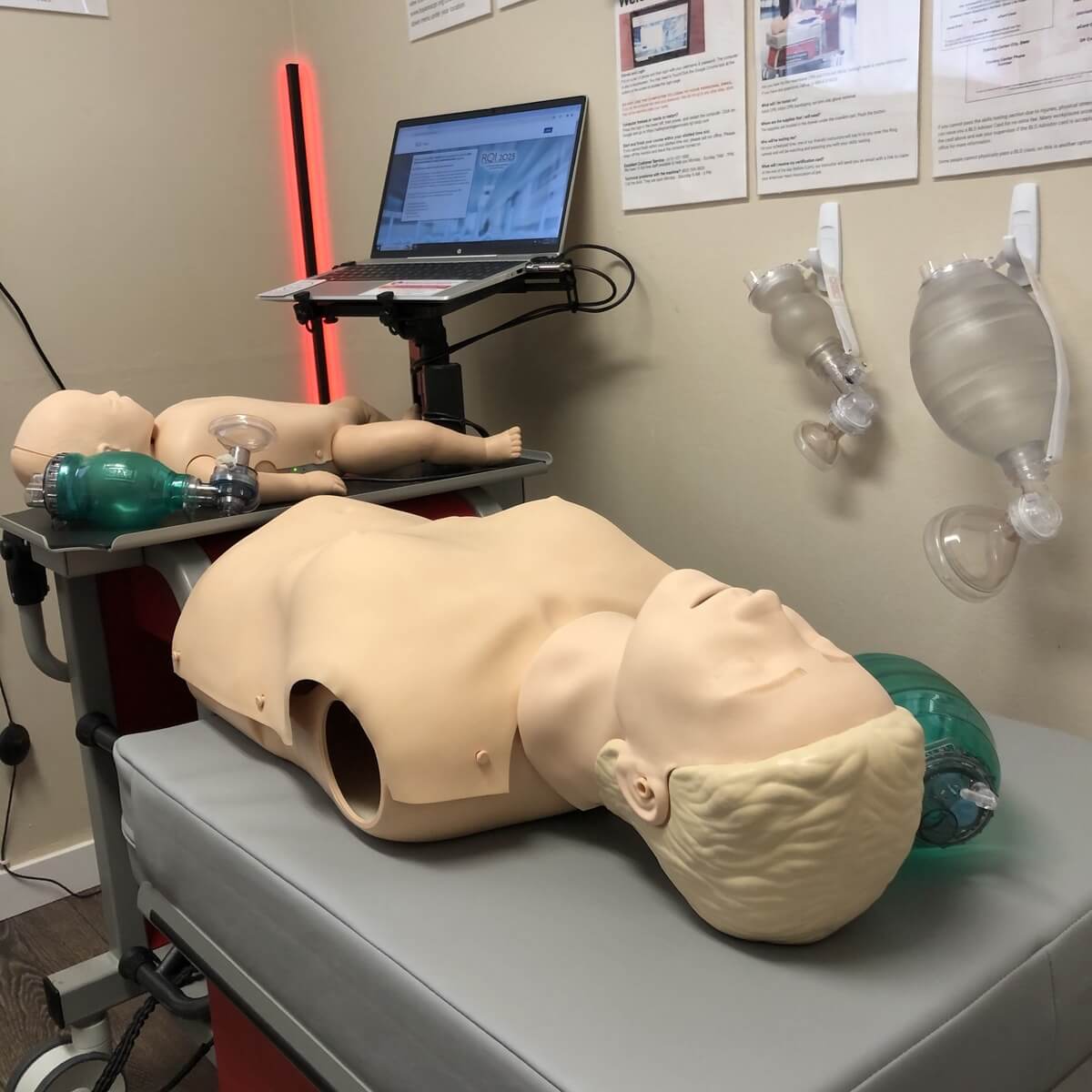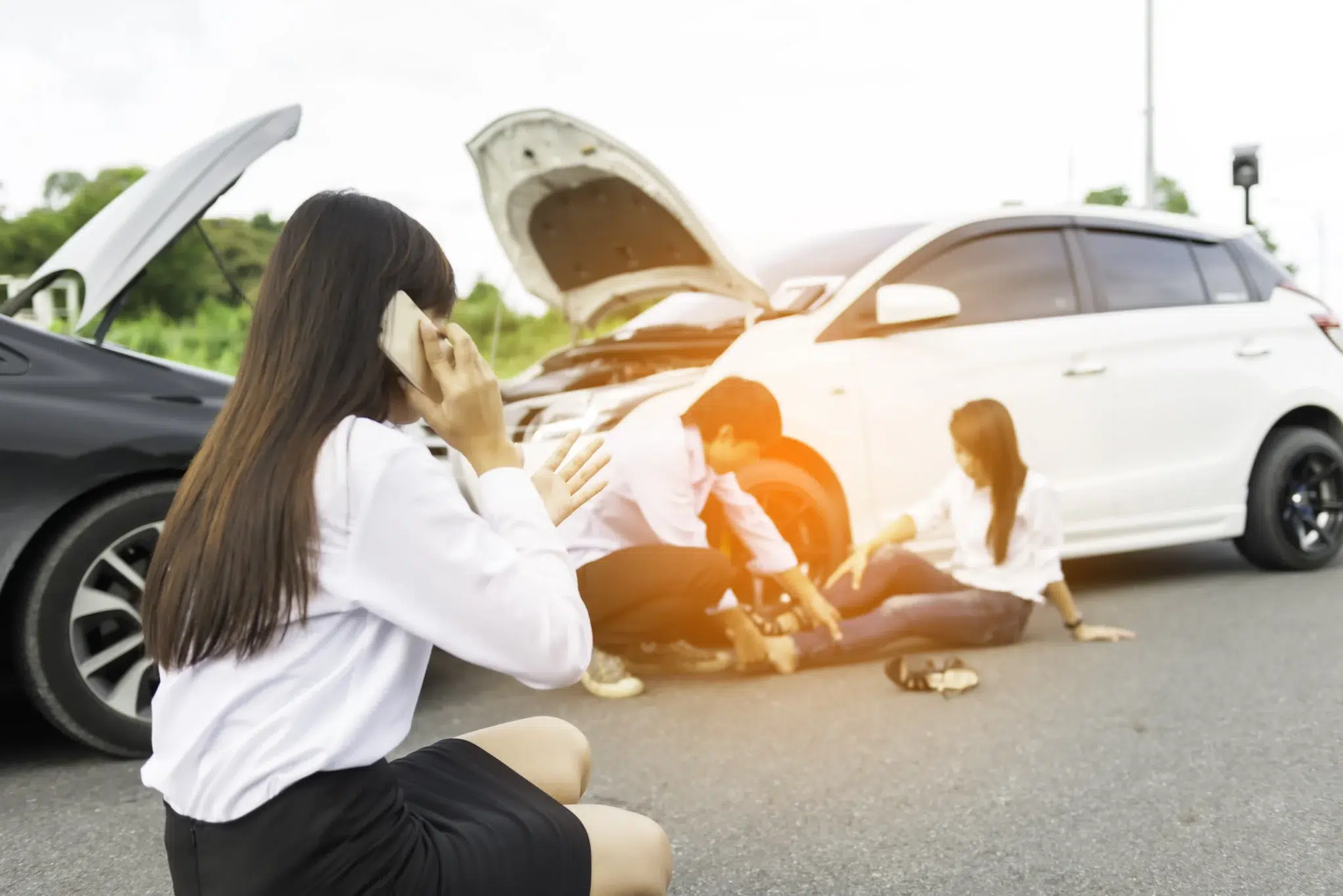If you’ve ever wondered how much does it cost to get CPR certified, you’re not alone. A lot of people want to learn this lifesaving skill, but worry about the price, the time commitment, or whether they really need it. The truth is, CPR certification is both affordable and invaluable. Not only can it give you the confidence to step in during an emergency, but it can also give you the chance to save someone’s life, maybe even the life of someone you love.
Why CPR Certification Matters
Cardiac arrest happens suddenly and without warning, and when it does, every second counts. According to the American Heart Association, more than 350,000 cardiac arrests occur outside of hospitals every year. The majority of those happen at home. That means the person who needs CPR is likely to be a family member or close friend. Despite how common these emergencies are, fewer than half of the people who collapse outside of the hospital receive CPR before EMS arrives. That delay can cost lives, but when bystanders know CPR, survival rates more than double. Getting certified isn’t just about ticking off a box for work or school. It’s about being prepared to make a real difference.
What Impacts the Cost of CPR Certification
The cost of CPR certification depends on a few main factors. The first is the type of course you need. For everyday people who just want to be prepared, there’s the Heartsaver CPR/AED course, which teaches how to perform CPR on adults, children, and infants, as well as how to use an AED. For those in healthcare, the Basic Life Support (BLS) course is required, and it goes deeper into team-based response and professional-level care. If you’re in an advanced medical role, you may need ACLS (Advanced Cardiac Life Support) or PALS (Pediatric Advanced Life Support), which are more comprehensive and usually more expensive.
The provider you choose also matters. While there are many training organizations out there, not all certifications are equally recognized. The American Heart Association (AHA) is the standard in most industries and workplaces. If your employer or license requires AHA certification, you’ll want to make sure you choose a course backed by them.
Another factor is how you take the course. Some people prefer traditional in-person training, while others like the blended format that combines online learning with an in-person skills check. Online-only courses are cheaper but often not accepted for official certification. Finally, where you live can affect the price, too. In areas with lots of training centers, prices tend to be more competitive.
Typical Costs of CPR Certification
So, what should you expect to pay? For most general CPR and AED courses, you’ll find prices in the range of $50 to $100. Healthcare providers who need BLS usually pay between $60 and $120. Advanced courses like ACLS and PALS are more intensive and generally cost between $150 and $300. Renewal courses are often a little cheaper than first-time certifications, and some providers offer bundles if you need more than one certification. Compared to the value of saving a life or advancing your career, these costs are relatively small.
Other Expenses You Might Encounter
The main course fee covers most of what you need, but there may be a few extras. Some providers charge a small fee for issuing your official AHA eCard. For advanced courses, you might need to buy a manual or textbook. And since certification is valid for two years, you’ll want to factor in the cost of renewal down the road.
Ways to Keep the Cost Affordable
If budget is a concern, there are a few ways to keep costs down. Employers often cover the cost of CPR training, especially in healthcare, childcare, or fitness industries. Some training centers offer group discounts, so if you get a few friends or coworkers together, you may save money. Occasionally, nonprofits or community organizations provide free or low-cost training events. And then some providers back their prices with a low-cost guarantee, so you never pay more than necessary.
Why the Investment Is Worth It
The value of CPR certification goes far beyond the price tag. For one, you’ll gain confidence. When someone collapses, the last thing you want to feel is helpless. You’ll also boost your professional opportunities, since many jobs require CPR certification as part of their qualifications. On a larger scale, every person trained in CPR makes their community safer. And on a personal level, you’ll know that if a loved one is in crisis, you’ll have the skills to help.
Safety Tips That Could Make All the Difference
Knowing CPR is powerful, but here are some safety reminders that help you get the most from your training. First, act quickly. Brain damage can begin within minutes when the heart stops, so the sooner CPR starts, the better the chances of survival. Second, remember the CAB steps: Compressions, Airway, Breathing. Chest compressions are the most important part, so focus on pushing hard and fast in the center of the chest. Third, use an AED if one is nearby. These devices are designed for anyone to use and can restore a normal heart rhythm. Fourth, keep practicing. Skills can fade over time, so take refreshers or practice sessions when you can. Fifth, try to stay calm in the moment. Your training will guide you if you focus on what you’ve learned. And finally, encourage others to learn CPR too. The more people who are trained, the more lives can be saved.
How to Choose the Right CPR Training Provider
When it’s time to sign up, make sure you choose a reputable provider. Look for courses certified by the American Heart Association, since those are widely recognized. Convenience is also key, so find a provider with flexible schedules and locations near you. Transparency about pricing is important too, so you know exactly what you’re paying for. Check reviews to see what others say about the quality of instruction, and make sure the instructors are experienced professionals who can teach with both knowledge and a real-world perspective.
Why Safety Training Seminars Is a Great Choice
For people in Northern California, and San Jose, CA, Safety Training Seminars makes CPR certification simple, affordable, and accessible. As a woman-owned business, we take pride in serving our community with care. With over 65 convenient locations, there’s always a class close by. We offer courses every day of the week, including Saturdays and Sundays, which makes it easy to fit into a busy schedule. All of our courses are certified by the American Heart Association, and we provide a low-price guarantee, so you’ll never overpay. Whether you need CPR, BLS, ACLS, or PALS, you’ll find a high-quality course that meets your needs.
So, how much does it cost to get CPR certified? Depending on the course, usually between $50 and $300. It’s a modest investment for a skill that can literally save a life. Emergencies don’t wait until you feel ready. By taking a course now, you’ll gain the knowledge and confidence to act when it matters most.
Take Action Today
If you’re ready to get certified, there’s no better time than now. Contact us at Safety Training Seminars to sign up for a course that works for your schedule. With convenient locations, flexible options, and affordable pricing, you’ll be prepared for the unexpected and empowered to make a difference. The decision you make today could save a life tomorrow.


